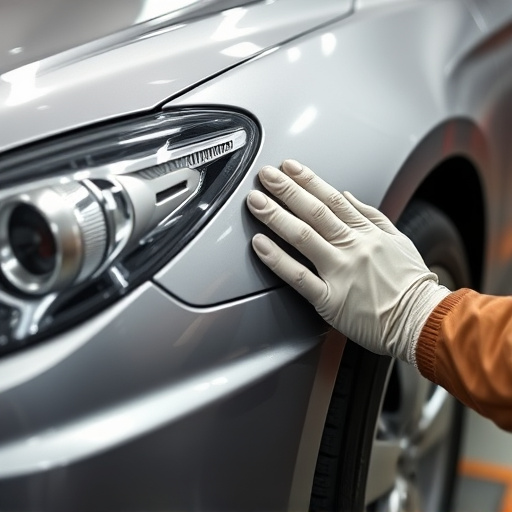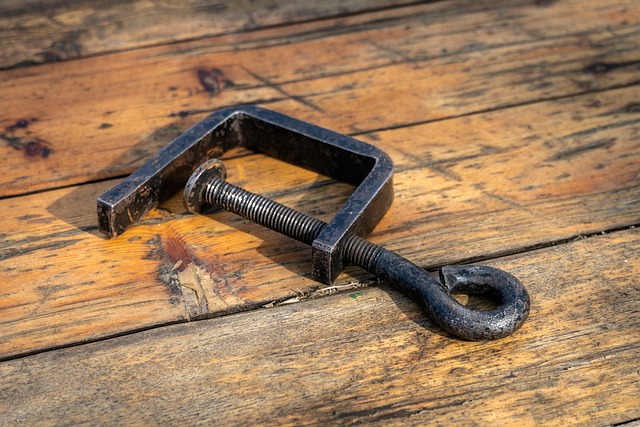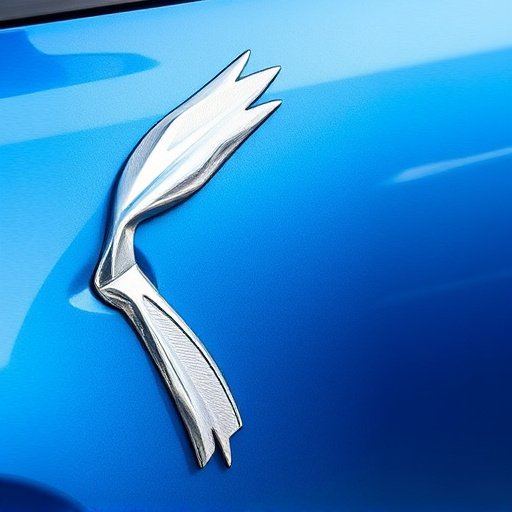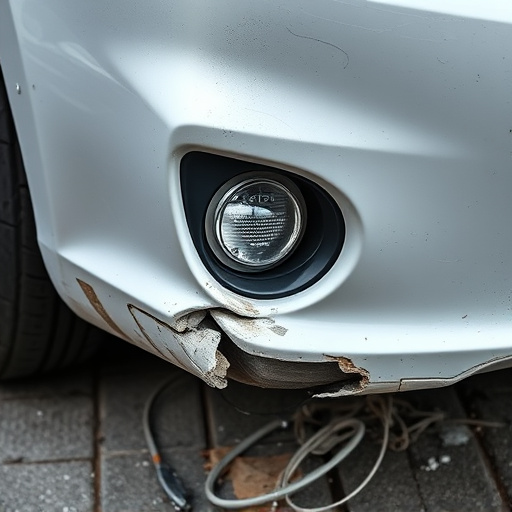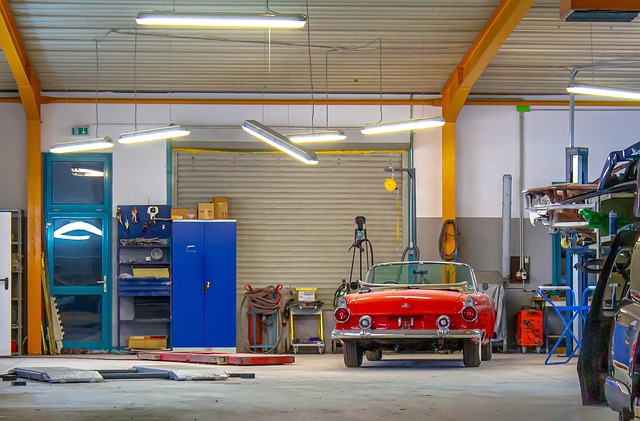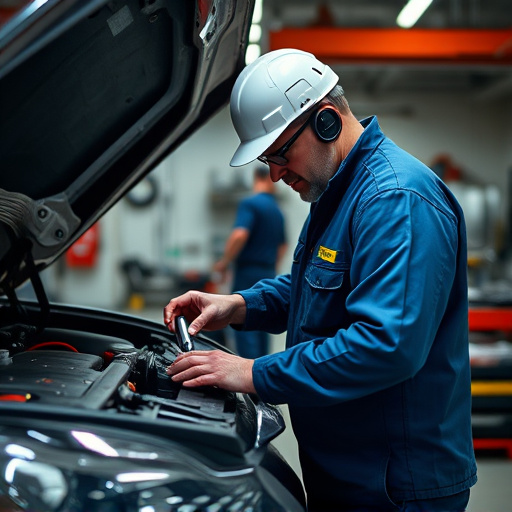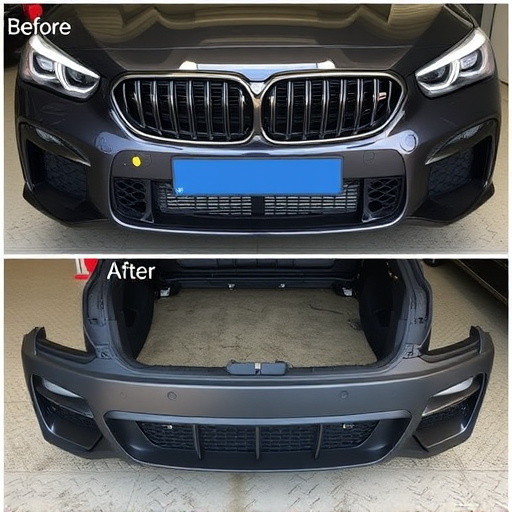Mercedes sensor adjustment is vital for maintaining advanced driver assistance systems (ADAS) and active safety mechanisms in Mercedes vehicles. These sensors monitor surroundings for features like automatic emergency braking, lane departure warning, and adaptive cruise control. Regular auto body services are crucial to preserve precise calibration and positioning of these sensors, ensuring optimal system performance and enhanced road safety. Correct calibration guarantees accurate data from speed, distance, and obstacle sensors, preventing errors that could lead to accidents. Adhere to the manufacturer's recommended schedule (every 10-15k miles or annually) for sensor adjustment by visiting a trusted body shop to maintain safety systems and boost driving confidence.
Mercedes sensor adjustment is a critical process that ensures the accuracy and reliability of its advanced safety systems. This intricate procedure calibrates sensors, allowing them to detect and interpret surroundings precisely. By understanding how Mercedes sensor adjustment forms the foundation for robust safety features, drivers can gain peace of mind on the road. This article explores why regular calibration is essential, delving into its impact on system performance and offering best practices for maintaining optimal vehicle safety.
- Understanding Mercedes Sensor Adjustment: The Foundation of Safety Systems
- How Sensor Calibration Impacts System Performance and Reliability
- Best Practices for Regular Mercedes Sensor Adjustment: Enhancing Driver Confidence
Understanding Mercedes Sensor Adjustment: The Foundation of Safety Systems

Mercedes sensor adjustment plays a pivotal role in ensuring the accurate functioning of safety systems within Mercedes vehicles. These sensors are the eyes and ears of advanced driver assistance systems (ADAS) and active safety mechanisms, constantly monitoring the vehicle’s surroundings to provide real-time data. This data is crucial for enabling features like automatic emergency braking, lane departure warning, and adaptive cruise control.
Proper sensor adjustment ensures these systems operate seamlessly, enhancing road safety. It involves precise calibration and positioning of various sensors, including radar, lidar, and cameras, which are integral components in the vehicle’s safety architecture. Regular auto body services and collision center visits can aid in maintaining this critical adjustment, addressing any discrepancies that might arise due to accidents or wear over time, thereby preserving the effectiveness of car damage repair processes and ensuring optimal safety system performance.
How Sensor Calibration Impacts System Performance and Reliability
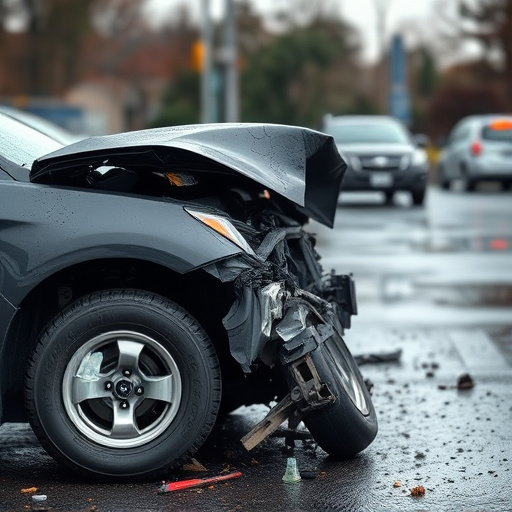
The accuracy and reliability of a vehicle’s safety systems heavily depend on proper sensor calibration. In Mercedes vehicles, precise Mercedes sensor adjustment is crucial for ensuring that every system functions as intended in critical situations. Sensory calibration refers to the process of fine-tuning these sensors to provide consistent and reliable data. Sensors, such as those detecting speed, distance, and obstacles, are integral components of advanced driver-assistance systems (ADAS) like automatic emergency braking and lane-keeping assist.
When sensors aren’t calibrated correctly, it can lead to erroneous readings, impacting system performance and potentially causing accidents. For instance, a misaligned speed sensor might send incorrect signals to the anti-lock braking system, affecting its ability to safely stop the vehicle. Similarly, faulty distance sensors could cause blind spot monitoring or adaptive cruise control to malfunction. Regular Mercedes sensor adjustment services, comparable to top-quality car paint services for maintaining aesthetics, help maintain these systems’ integrity and enhance overall vehicle safety, ensuring that every ride is as secure as possible.
Best Practices for Regular Mercedes Sensor Adjustment: Enhancing Driver Confidence
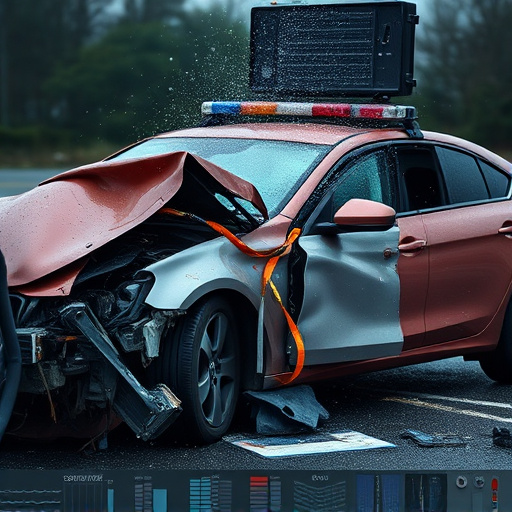
Regular Mercedes sensor adjustment is a vital practice for maintaining optimal safety system functionality and enhancing driver confidence. It’s recommended to follow a structured schedule outlined in your vehicle’s owner manual, typically involving checks and calibrations every 10,000 to 15,000 miles or once a year, whichever comes first. This process includes recalibrating various sensors like the speed sensor, wheel-speed sensors, and collision detection modules, ensuring they operate with precision.
For optimal auto maintenance, consider incorporating these practices into your routine at a trusted body shop or tire service center. Skilled technicians can perform comprehensive checks, identify any drift in sensor readings, and adjust them accordingly using specialized tools. Such proactive measures not only safeguard your vehicle’s safety systems but also contribute to more responsive driving dynamics, giving you peace of mind on the road.
Mercedes sensor adjustment is a critical process that ensures the safety system functions accurately, providing drivers with peace of mind. By understanding the importance of sensor calibration and implementing best practices for regular adjustments, owners can maximize the reliability and performance of their vehicle’s safety features. This simple yet vital maintenance step plays a foundational role in navigating today’s roads with confidence.



